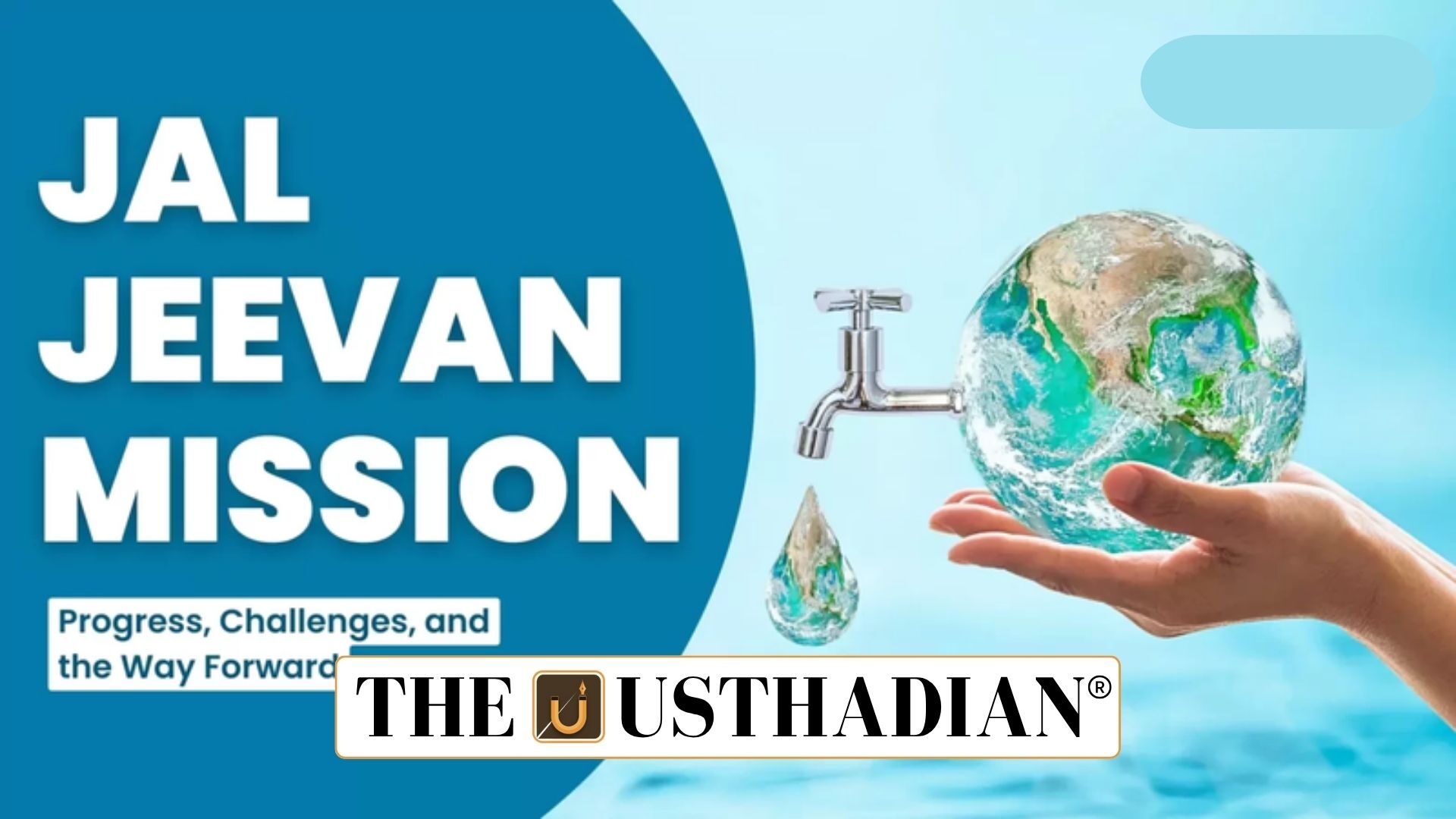Integration with PM Gati Shakti
GIS Mapping Accelerates Jal Jeevan Mission Implementation: The Union Government has integrated the Jal Jeevan Mission (JJM) with the PM Gati Shakti platform, leveraging advanced Geographic Information System (GIS) technology. This integration ensures that every drinking water asset is digitally mapped for improved monitoring, transparency, and decision-making. The move supports the government’s goal of building a unified national infrastructure ecosystem.
Static GK fact: The PM Gati Shakti National Master Plan was launched in October 2021 to coordinate infrastructure planning across ministries through GIS-based data.
Partnership with BISAG-N
The Department of Drinking Water and Sanitation (DDWS) has signed an agreement with the Bhaskaracharya National Institute for Space Applications and Geo-informatics (BISAG-N). This collaboration provides technical expertise for mapping, data analysis, and infrastructure visualization. BISAG-N, operating under the Ministry of Electronics and Information Technology, plays a crucial role in integrating water and sanitation projects with national-level digital infrastructure.
Features and Technological Edge
Each Rural Piped Water Supply Scheme (RPWSS) will receive a unique GIS ID, enabling precise mapping of pipelines, tanks, and household connections. Tools like digital photogrammetry, thematic mapping, and ground control surveys will aid in real-time assessment. This facilitates faster identification of coverage gaps and better resource allocation.
Static GK Tip: Photogrammetry is the science of obtaining measurements from photographs, widely used in remote sensing and topographical mapping.
Data Management and Convergence
BISAG-N will handle end-to-end technical processes—database design, map creation, data migration, and systems integration. The integration connects water supply infrastructure with other sectors such as roads, railways, and logistics, in line with the PM Gati Shakti’s convergence vision. This unified mapping will help optimize service delivery and streamline rural development initiatives.
Progress and Achievements of JJM
Launched in 2019, the Jal Jeevan Mission aims to provide 55 litres per capita per day of safe drinking water to every rural household. So far, 6.41 lakh schemes have been approved at a cost of ₹8.29 lakh crore, with ₹3.91 lakh crore already utilized. The mission has reached 12.74 crore households, transforming rural water accessibility.
Static GK fact: The nodal ministry for Jal Jeevan Mission is the Ministry of Jal Shakti, formed in 2019 by merging the Ministries of Water Resources and Drinking Water & Sanitation.
Funding and Future Extension
Initially scheduled to conclude in 2024, the mission has been extended to 2028 to ensure full coverage. The Jal Shakti Ministry proposed ₹9.10 lakh crore for the extended phase, though the Empowered Finance Committee (EFC) recommended ₹1.51 lakh crore. Cabinet approval for the extended funding is awaited, marking a crucial next step for the mission’s sustainability.
Importance of GIS in Water Governance
The use of GIS mapping enhances asset management, transparency, and efficiency. By mapping several lakh kilometres of water pipelines with over 200 infrastructure data layers, the government can track assets, reduce duplication, and ensure accountability. This digital transformation strengthens the long-term sustainability of rural water resources and aligns with Digital India goals.
Static Usthadian Current Affairs Table
GIS Mapping Accelerates Jal Jeevan Mission Implementation:
| Topic | Detail |
| Implementing Ministry | Ministry of Jal Shakti |
| Technology Partner | Bhaskaracharya National Institute for Space Applications and Geo-informatics (BISAG-N) |
| Platform Used | PM Gati Shakti GIS-based National Master Plan |
| Mission Launch Year | 2019 |
| Core Objective | Tap water connection to all rural households |
| Scheme Coverage | 6.41 lakh water supply schemes |
| Total Estimated Cost | ₹8.29 lakh crore |
| Mission Extension Period | 2024 to 2028 |
| Proposed Budget for Extension | ₹9.10 lakh crore |
| Key Output | Mapping and monitoring of drinking water infrastructure using GIS tools |








